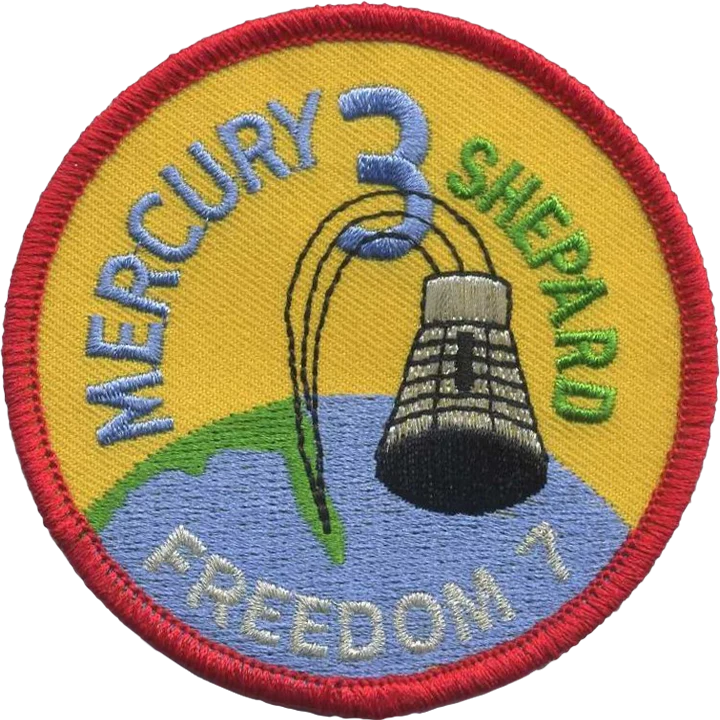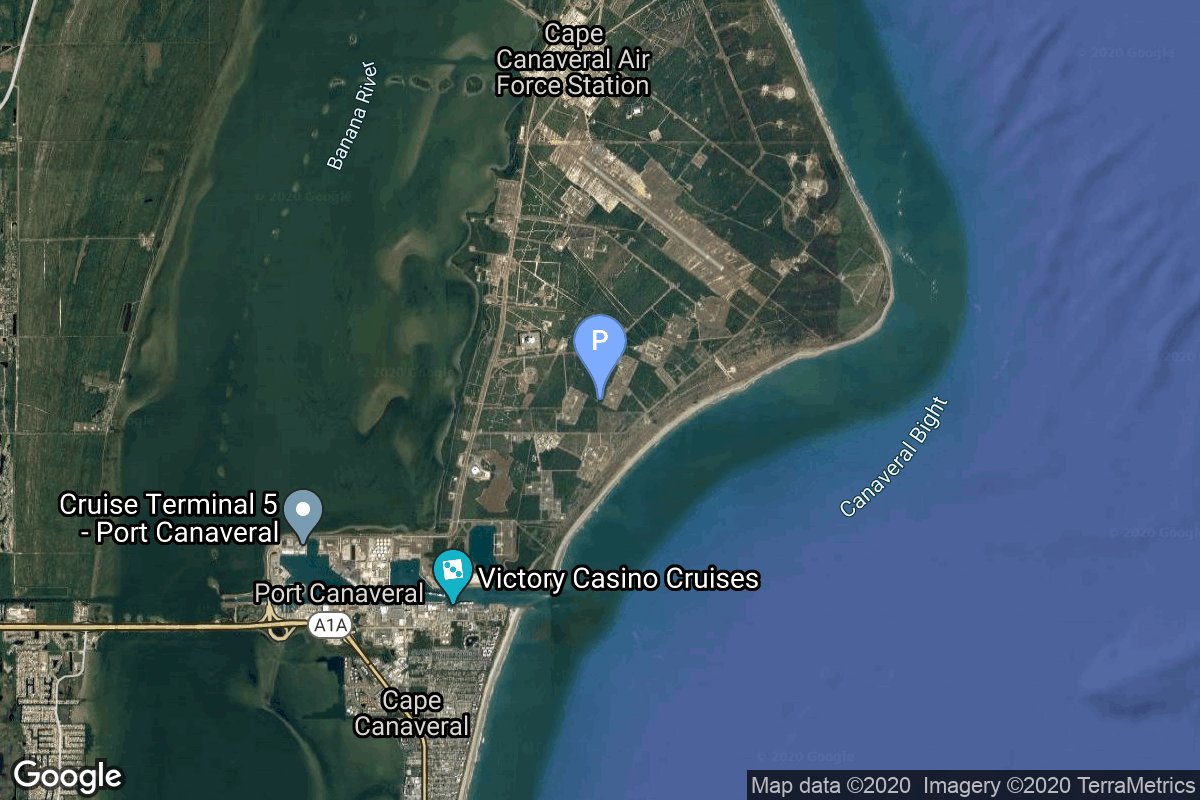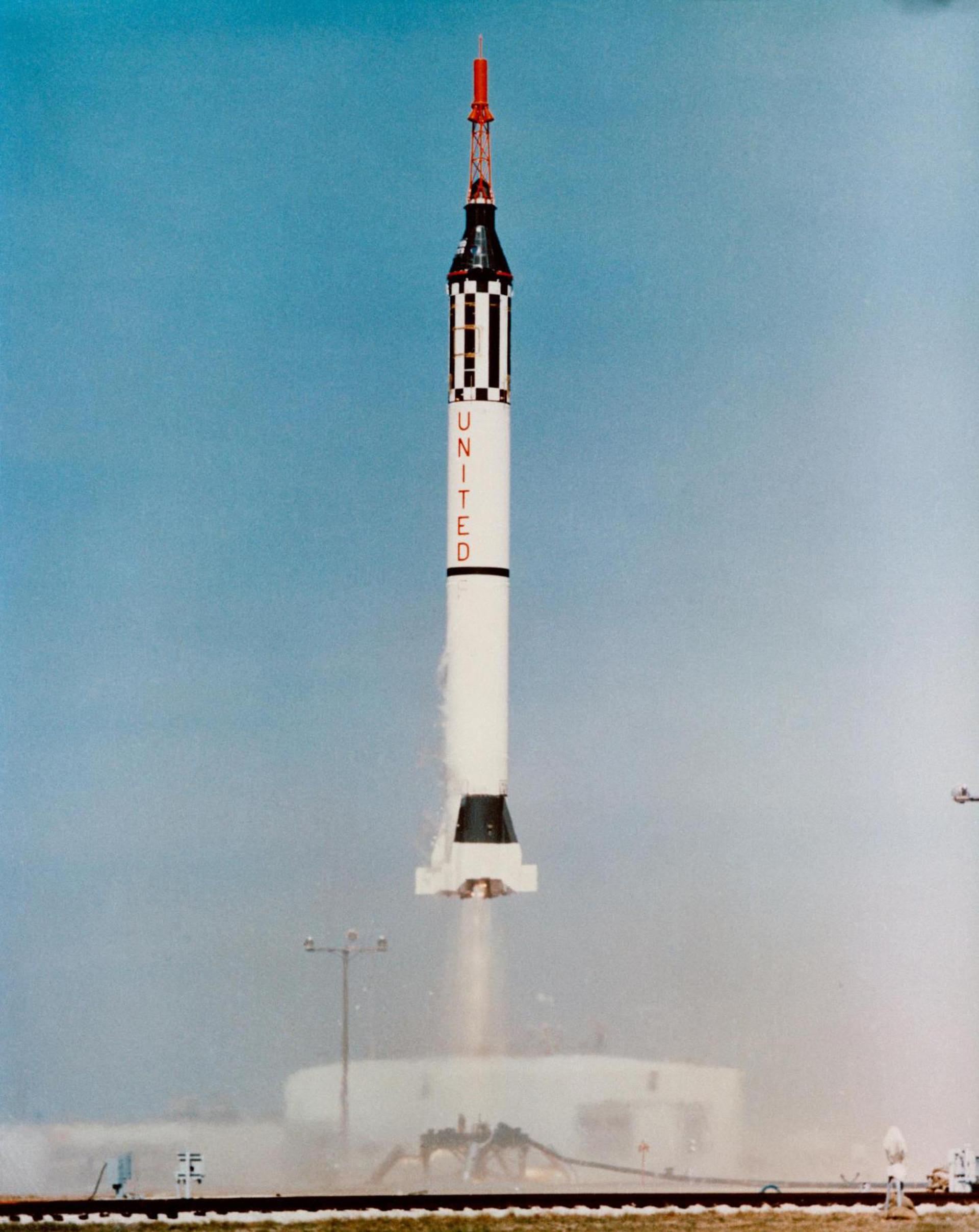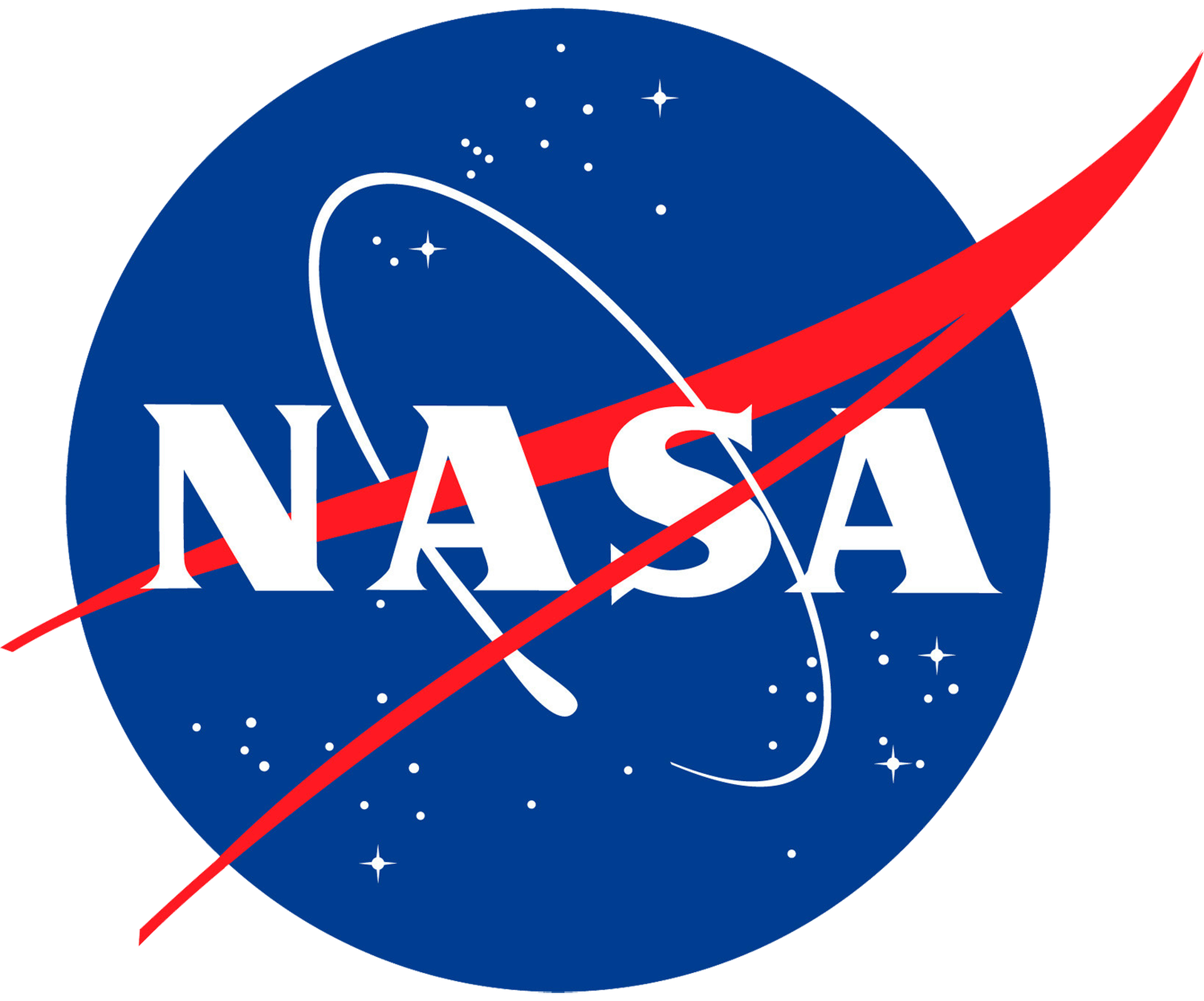Mercury-Redstone 3
Redstone MRLV
National Aeronautics and Space Administration
Crew
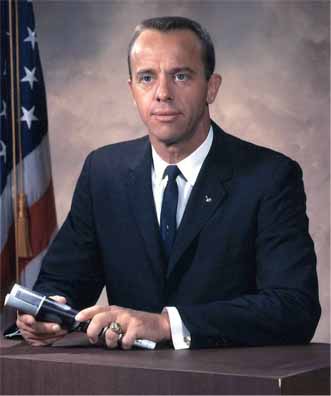
Alan Shepard
- Birthday: 11/18/1923
- Role: Pilot
- Nationality: American
- First Flight: 05/05/1961
- Last Flight: 01/31/1971
Rear Admiral Alan Bartlett Shepard Jr. was an American astronaut, naval aviator, test pilot, and businessman. In 1961 he became the first American to travel into space, and in 1971 he walked on the Moon.
Mission
Mercury-Redstone 3
- Type: Human Exploration
- Orbit: Suborbital
Mercury-Redstone 3, or Freedom 7, was the first United States human spaceflight, on May 5, 1961, piloted by astronaut Alan Shepard. It was the first manned flight of Project Mercury, the objective of which was to put an astronaut into orbit around the Earth and return him safely. Shepard’s mission was a 15-minute suborbital flight with the primary objective of demonstrating his ability to withstand the high g-forces of launch and atmospheric re-entry.
Location
Rocket
Chrysler Redstone MRLV
The Mercury-Redstone Launch Vehicle, designed for NASA’s Project Mercury, was the first American manned space booster. It was used for six sub-orbital Mercury flights from 1960–61; culminating with the launch of the first, and 11 weeks later, the second American (and the second and third humans) in space. The four subsequent Mercury human spaceflights used the more powerful Atlas booster to enter low Earth orbit.
A member of the Redstone rocket family, it was derived from the U.S. Army’s Redstone ballistic missile and the first stage of the related Jupiter-C launch vehicle; but to human-rate it, the structure and systems were modified to improve safety and reliability.
Agency
National Aeronautics and Space Administration
The National Aeronautics and Space Administration is an independent agency of the executive branch of the United States federal government responsible for the civilian space program, as well as aeronautics and aerospace research. NASA have many launch facilities but most are inactive. The most commonly used pad will be LC-39B at Kennedy Space Center in Florida.
